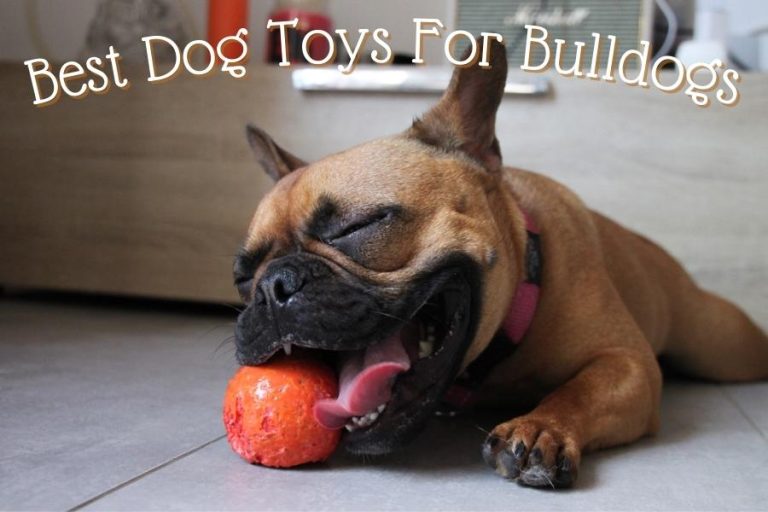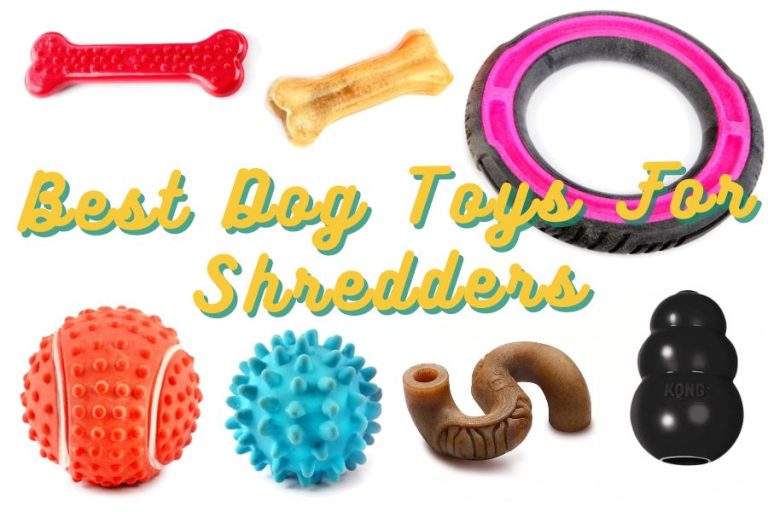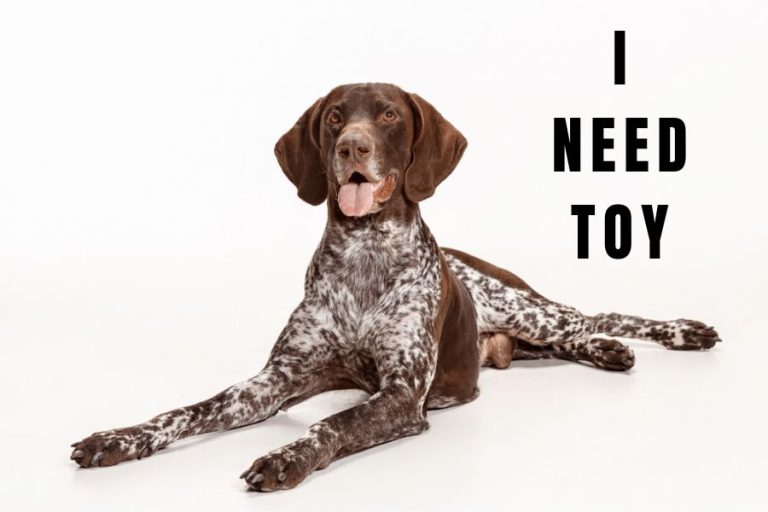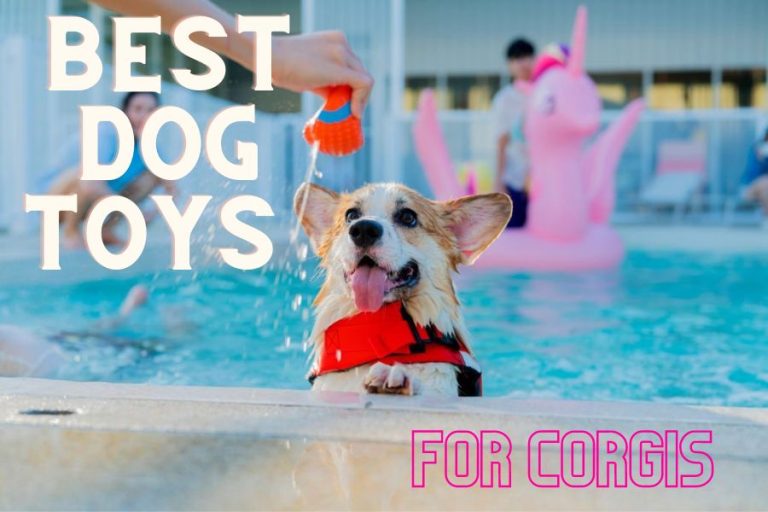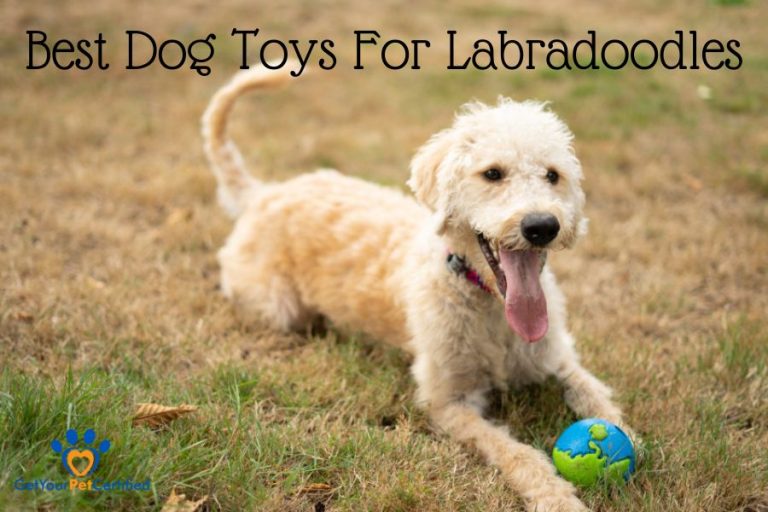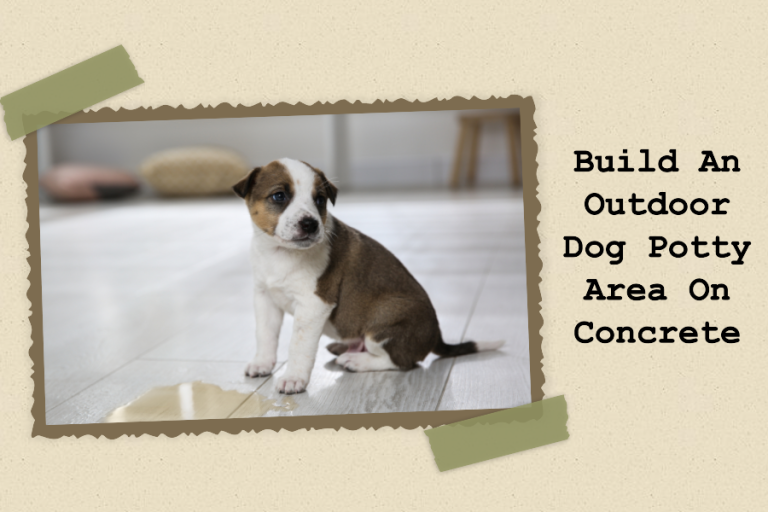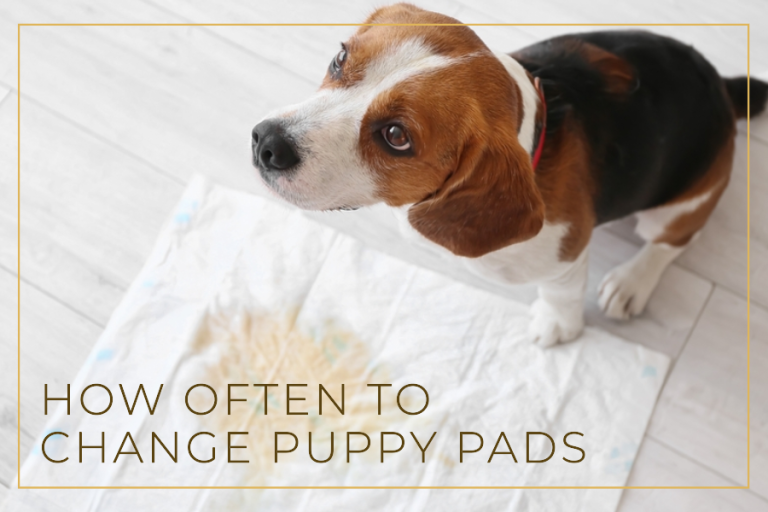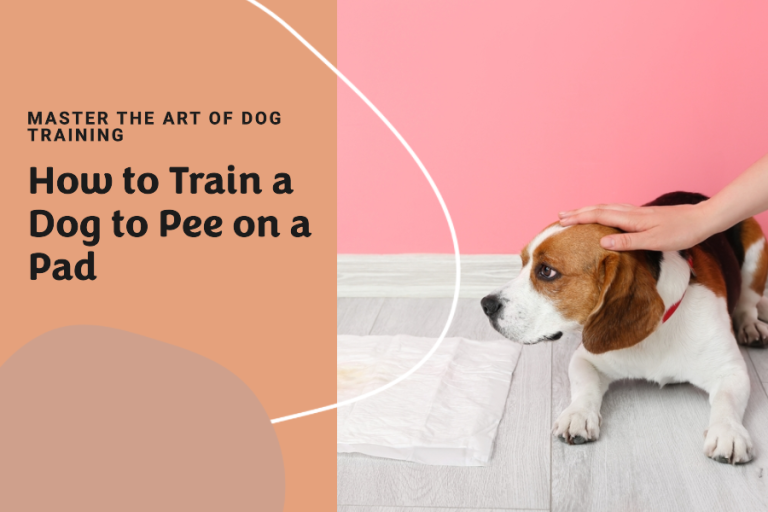Is Chewing Good Enrichment For Dogs?
We often catch our dogs chewing and destroying things. That is entertaining for them, but kind of annoying for us sometimes.
Chewing and shredding is a natural habit of dogs. Therefore, we shouldn’t have such a harsh attitude toward it. Instead, make a few tweaks and controls so that our property isn’t hurting too much.
So is chewing good enrichment for dogs? Let’s weigh the potential benefits and considerations of this fascinating activity for dogs.
Why do Dogs Need Enrichment?
What exactly is enrichment? Can destroying and chewing be considered necessary for dogs?
Enrichment is necessary for all of us
Enrichment is a means of providing stimulating and engaging activities, environments, and experiences. By having these close interactions, we fulfill our physical, mental, and emotional demands.
Humans, too, have enrichment; they play a crucial role in our development and evolution.
While the concept of enrichment is similar for both humans and dogs in terms of providing stimulating and engaging experiences.
But unlike dogs, humans have more complex cognitive abilities. Humans also have more choice and control over their own enrichment. We are able to seek out opportunities for personal growth. After all, the ability to reflect on our own experiences.
Enrichment for dogs
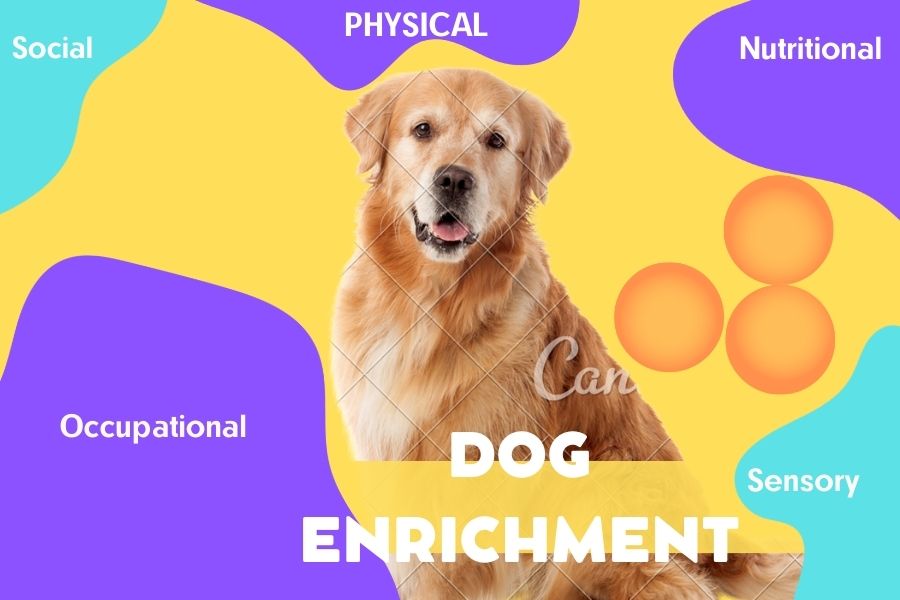
Dogs are similar to all social and intelligent animals. They thrive when given proper mental and physical stimulation.
Every dog needs five types of enrichment, they are:
- Social
- Nutritional
- Occupational
- Sensory
- Physical
Boredom and frustration can lead to behavioral issues. These enrichments can help encourage natural behaviors, promote our dogs a happy and healthy mental state.
Foraging, problem solving, and exploration are examples of enrichment activities. These behaviors satisfy a dog’s natural inclinations.
Dogs of all ages, breeds, and sizes need a variety of enrichment experiences on a regular basis. Thereby, they can live a balanced and joyful life.
Enrichment usually has to do with engaging the dog’s body and mind. This reduces stress and anxiety. Enrichment also helps us develop our bond with our dog.
Is Chewing Good Enrichment For Dogs?
Dog chewing falls under physical enrichment. As they tear apart items that show their physical abilities, using both jaw strength and interaction.
Chewing may appear destructive and is not always desirable to us. Since it potentially harms our property. But controlled chewing is actually vital for our dog. Now we will discuss the benefits listed below.
Fulfillment of natural instincts
Chewing taps into a dog’s innate instincts, such as hunting and foraging. It allows them to use their teeth and jaws in a purposeful manner, satisfying their natural urge to chew and tear apart objects.
Physical and mental stimulation
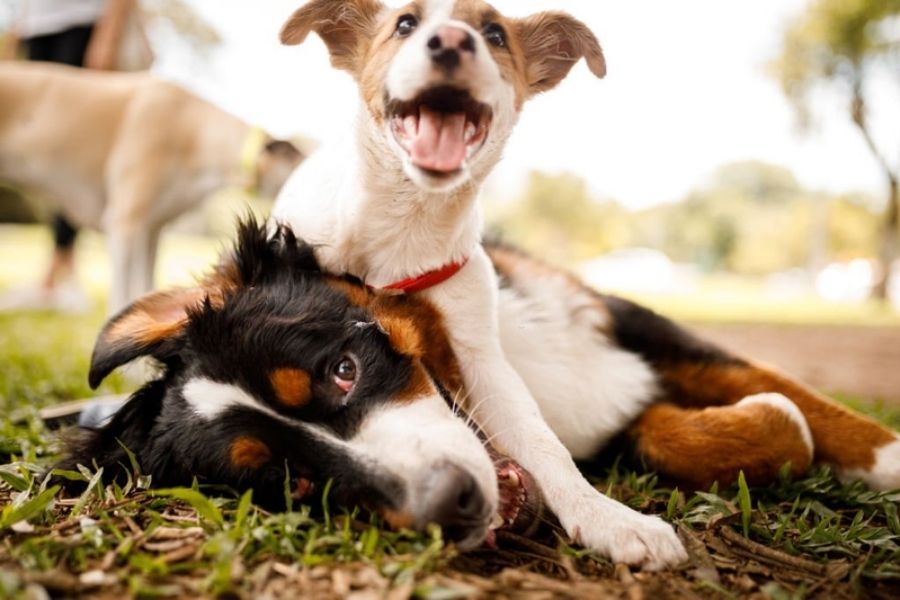
Chewing objects takes physical effort and concentration. It stimulates a dog’s muscles. Chewing helps dogs exercise and burn off excess energy. Besides, the act of manipulating objects also tests their brain powers, and forces them to solve problems.
Stress relief and relaxation
Chewing serves as a stress-relieving exercise for many dogs. It provides an outlet for pent-up energy and helps reduce anxiety. Having something to chew on gives dogs a sense of calm and contentment.
Environmental enrichment
Dogs seek to interact with their environment in a pleasurable way. You will help them by giving them acceptable items, like chew toys or puzzles made for chewing. When a dog is exposed to new textures, odors, and tactile experiences, his sensory trip improves.
Preventing destructive behavior
Allowing your dog to gulp acceptable stuff. This may assist in redirecting their chewing tendencies away from valuable or improper items. Just let your dog do some “shredding” rather than destructive chewing.
Potential drawbacks associated with chewing
It doesn’t mean you can let your dog chew whatever he wants. Here are some drawbacks of this “spoiled” enrichment:
Ingestion of non-safe materials
One of the risks of chewing is that your dog might eat non-safe materials. Dogs may mistakenly swallow small or sharp bits of chewing objects. Swallowing them causes choking, digestive obstacles, or injury to the gastrointestinal tract. You should reduce the likelihood of this happening. Provide your dogs with safe and durable items made specifically for chewing.
Damage to property and household items

Consider the chance of your property or household items being damaged. Unknowingly, dogs may attack precious or irreplaceable items, such as furniture, shoes, or clothing.
There would be severe financial loss and frustration for us parents. This can strain our relationships. We need effort to train and divert our dog to chew appropriate objects.
Incidentally reinforce destructive behavior
In certain cases, allowing chewing behavior in dogs can promote destructive tendencies. Dogs might associate chewing with the act of earning attention or rewards from you.
If they are rewarded for chewing things, they are more likely to keep doing so. You may be trapped with this ongoing damage and danger for a long time.
Choosing the Right Toys for Fog to Chew
It’s a fact that many Americans buy toys for their dogs to “destroy”. You can maintain a varied and balanced enrichment plan for dogs, just giving them the right things to chew and play with, with the following instruction:
- Choose the right toys specifically designed for chewing.
- When choosing toys for your dog: taking into account the dog’s size, breed, and chewing habits.
- Opt for indestructible or tough toys that can withstand your dog’s chewing strength. So that your dogs won’t destroy them too quickly.
- Chewing should not be the only focus. You should combine a variety of activities, including physical activity, mental challenges, social contacts, and sensory experiences. This can ensures that their lives are enriched to the fullest.
Do not let your dog have destructive chewing behavior. When this happens, seek guidance from a veterinarian or professional dog trainer to address and redirect it immediately.
Read more: Best Dog Toys for Nibblers in 2023
Conclusion
Ultimately, when managed responsibly and with appropriate materials, chewing can be a good type of enrichment for dogs. It allows them to engage in natural behaviors, stimulates their physical and mental states, promotes relaxation, and contributes to their general well-being.
Watch more:


